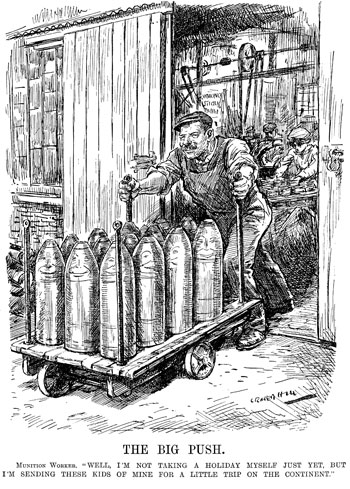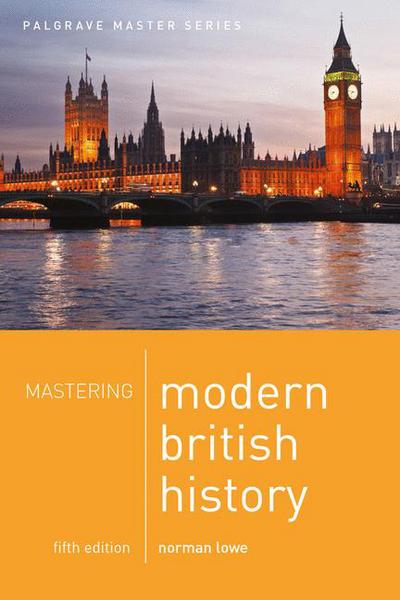


Are you sure you want to reset the form?
Your mail has been sent successfully
Are you sure you want to remove the alert?
Your session is about to expire! You will be signed out in
Do you wish to stay signed in?
Munitions and change during the First World War
Study Sources A to D and then answer the questions that follow.
Source A:
| From The Decline of the Liberal Party, 1910-1931, by Paul Adelman,1981, describing the consequences of the formation of a coalition government in May 1915. The one great success of the new government was Lloyd George's work at the Ministry of Munitions. There his energy, confidence and dynamism infused a new spirit into war production. The Ministry was run like an up-to-date business concern. ‘Men of push and go’ were brought in from outside to get things moving, and Lloyd George himself dealt ruthlessly with the problems of labour, red tape and inefficiency that impeded the output of munitions. Within a year the task had been virtually completed. As the Official History of the First World War stated: 'He laid the foundations of the Ministry’s productive capacity on a scale so vast that it was almost sufficient.... to carry the country to the end of the war’. |
Source B:
| From a speech made by Lloyd George at Liverpool on 14 July 1915, calling for the cooperation of trade unions and workers in producing munitions. I am not saying a word about Trades Union regulations during a period of peace. I have no doubt they were essential safeguards to protect labour.... But...Government regulations have to be suspended during the period of the war because they are inapplicable in a time of emergency. The same thing applies to many Trade Union regulations and practices....I should like to call attention to those rules which had been set up, for very good reasons, to make it difficult for unskilled men to claim the position and rights of men who have had training.... If all the skilled engineers in this country were turned on to produce what is required, if you brought back from the front every engineer who had been recruited, if you worked them to the utmost limits of human endurance, you would not have enough labour even then to produce all we are going to ask you to produce during the next few months. Therefore we must appeal to the patriotism of the unions to relax these particular rules in order to eke out, as it were, the skill... to enable us to turn out the necessary munitions of war to win a real and speedy triumph. |
Source C: From the topical and humorous magazine, Punch, August 1916

Figure 22.1
Source D:
| From Britain in the Century of Total War, 1968, by Arthur Marwick, commenting on improved pay and status for working class women. Of great significance was the escape from ill-paid, life-diminishing drudgery as dress-makers and domestic servants or low-grade industrial labour into work which gave both economic status and a confidence in the performance of tasks once the preserve of skilled men. At the end of the war female munitions workers were earning well over 40s.* per week, while other women factory workers could count on about 25s. a week. In his report for 1916 the Chief Factory Inspector made a point of what he called ‘the new self-confidence engendered in women’ by these various transformations. (* s. = shillings. 20 shillings equalled £1.00) |
